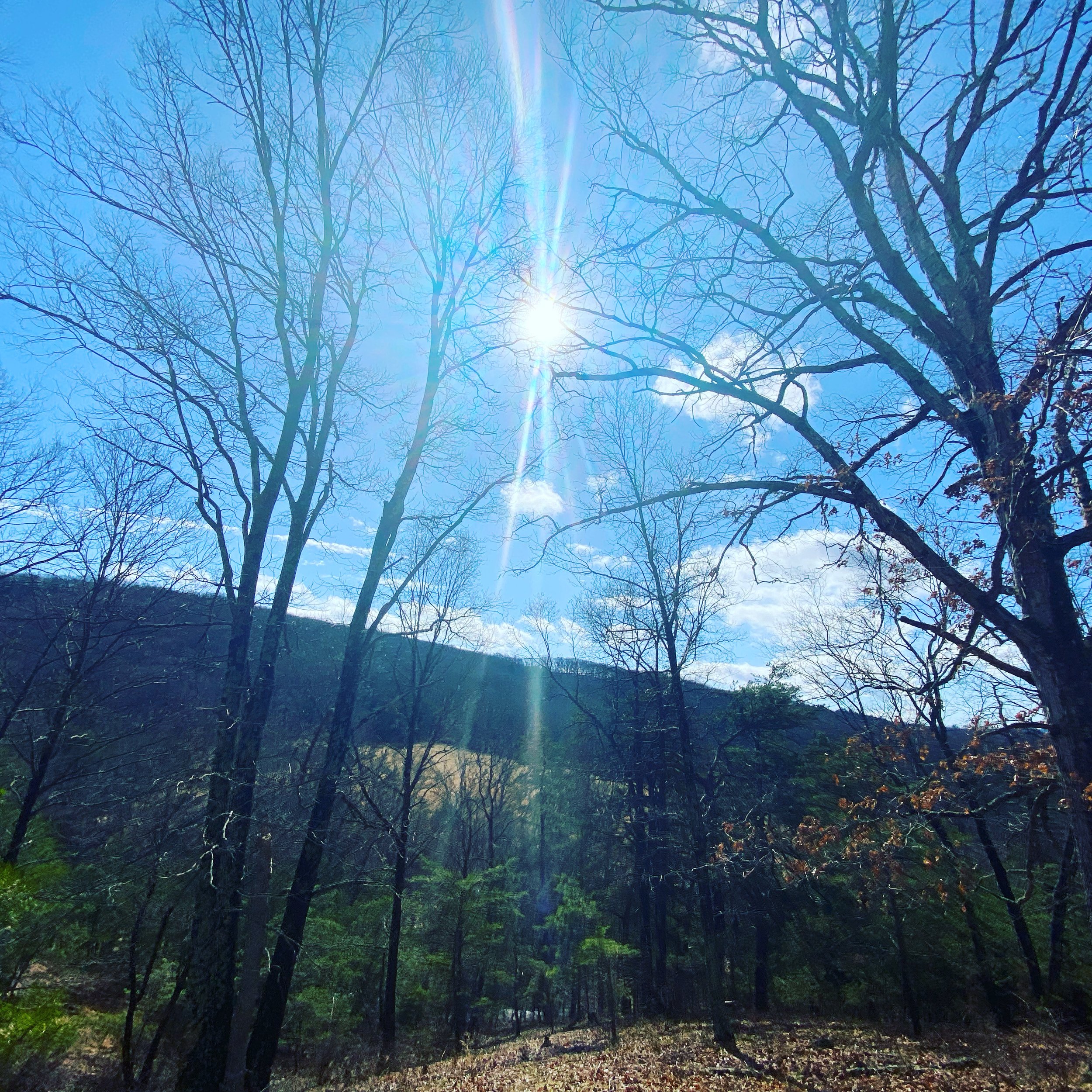as reverence
connection to discernment, children, and new questions of learning
It’s all much simpler than we think it is.
These words continue to enchant themselves through the rhythms of my days. I hear them when I see a story forming in my mind about why or how something is the way it is, when I feel myself itching to explain what we “need” to do to “change” something.
It’s easy to accept some things as simpler than we think. I effortlessly surrender when I garden, gather with friends, cook, do yoga, write, hike, play, walk one step at a time upon the ground.
It can be hard to see with simplicity the things that feel “big” or “complicated” or “beyond” our “control”: Banking. AI. Media. Healthcare. Democracy. Schooling.
Yet it’s all of the same matter. Everything is formed from how we see. And what we see is formed from our stories.
It’s all much simpler than we talk like it is.
I’ve been living into stories of reverence. The words that found me in January, that I essayed in Where we are, have been a guide:
We go into the blur,
collapse between give and receive,
beginning and end.
There’s no separation.
It’s all soil, stardust,
the frequency of bones
holding us upright as water.
This is our blueprint for creating,
for learning and farming and banking and health—
how and why we live together now.
It’s all grown from how we see.
Our action is reverence.
I didn’t know what this meant when I wrote it. I still don’t. I’m inside the wonder of it, the awe of finding a blueprint inside the action of reverence.
Reverence as simplicity, devotion, stillness—soft stretch of listening that folds and unfolds while inviting us into our own unfolding.
As we embrace reverence, practice reverence, tell stories of reverence, ask questions of reverence, and remember reverence, we dissolve ourselves as reverence and create from everything is reverence.
Everything. What seems small and what seems big. What seems easy and what seems hard. What seems right in front of us and what seems far away.
Because it’s all the same. Everything we think and say is story. We can tell stories of fear, division, abandon, dismay. Or we can tell of reverence.
Pause to consider who knows how to be in the presence of reverence, attune to each moment, play wide open and free, delight in every small thing, and surrender to the awe of it all.
Children do.
Children are the essence of reverence.
Our blueprint for reverence can be found in our attunement to children.
Current stories of learning, schooling, what children need, what educators need, what “must” be done to “fix” things, where things went “wrong,” what’s most “urgent” are framed and held with a deep density of blame and division and righteousness. They circulate in vocabularies and complicated caveats designed to disguise and keep things forever failing.
They seem innocuous because they’re everywhere—headlines, conference agendas, new curricula, PD solutions, policy reforms. They’re noisy and frantic and embedded in fear loops designed to keep the stories going. To distract from the simplicity of what matters.
They aren’t attuned to children. They aren’t framed in reverence.
But we choose our stories, what we see, what we talk about, how we work. And we are the system. It’s all alive and interconnected.
We can choose reverence.
We pause. Step back. Connect with reverence. From here we can discern—deeply, from love—what’s real.
When we attune to children (not “think” about them or try to “solve” for them but open our hearts and stay deeply connected with the energy of children), we can discern reverence from distraction.
Our powerful, practical, revolutionary action is to not be distracted. Our action is reverence.
This action invites us to live into different questions:
What might we let go in ourselves as we sink into reverence?
What will we come to see that we can’t yet imagine?
What does it mean to design for reverence?
What will dissolve and compost through an embrace of reverence?
What will children teach us of reverence? What will they remember of themselves?
How might children guide us to resee, retell, and recreate our world?
What new stories might we find about what it means “to learn”?
What might “schools” look like if designed from/for/as reverence?
How might reverence allow us to see children anew?
How might reverence invite us to see ourselves as children?
How will reverence surprise us?
What new questions will reverence allow us to find?
Reverence invites us somewhere beyond where we are now and allows us to see that we are “there” already.
Reverence offers a space—rooted, fertile, immense—to connect us with our discernment.
Discernment for what is whole, liberated, of love, true.
To be in the presence of.
Children. Learning and unlearning. Stories we’ve held for a lifetime, but no longer need. What we’re remembering. What we’re letting ourselves see.
What’s emerging as we choose to see, speak, and act as reverence.
love+light, Melissa
“Reverence is to be in the presence of a beetle without lineage or summary.”
(from “Reverence is not a whisper”)







